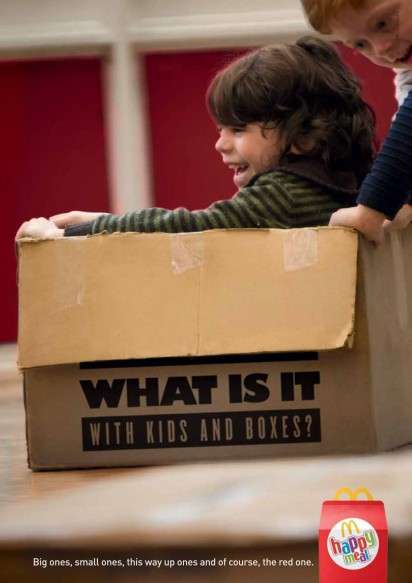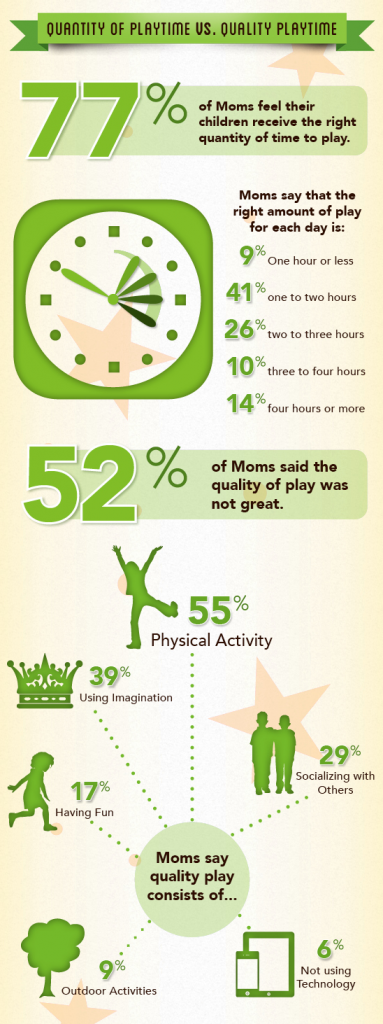Using Imaginative Play in Speech Therapy
Imagination is a key part to childhood. That’s why advertisements, like McDonalds, with kid’s playing pretend in boxes might make us smile. Maybe you can remember a time when you dressed up like a pirate, made an elaborate fort from pillows or created an elaborate tale of a princess in a castle. All of these are important parts of childhood because the involved: peer play, creativity, story telling and most of all, elaborate language. Imaginative play in speech therapy can be an integral part of fostering language, here’s how:
What is imagination?
Imagination is “is the ability to form new images and sensations that are not perceived through sight, hearing, or other senses. Imagination helps make knowledge applicable in solving problems and is fundamental to integrating experience and the learning process” (Wikipedia).
The basic components of imagination are: listening and storytelling. Already we can see that listening (auditory comprehension) and storytelling (narrative skills) are big part of language development. Auditory comprehension skills are those that allow us to hear and understand what’s being said. In pretend or imaginative play, this might also be following the plot as it’s being developed, understand the words and vocabulary being used and responding appropriately to your playmate’s pirate conversation. Narrative skills are those that let us tell others about our experiences. Good narratives skills develop early, even young toddlers communicate about what happened early in the day or share new information.
How Can we Use it in Speech Therapy?
Imagination certainly has it’s place in speech pathology, though with a bit more structure. Consider using pretend and imagination with some specific tips and tricks in mind:
- Develop a theme and encourage the child to stick to it. This helps with vocabulary development, narrative skills and conversation (staying on topic). If the play scheme is around astronauts, try not to allow the play to deviate towards the beach setting. The goal is to be somewhat cohesive and logical.
- Make sure the story has a logical arc. This includes a beginning or setting event, a problem and then a resolution.
- Though pretend play in childhood is usually unscripted, in speech therapy it’s OK to make a plan ahead of time. This may also help the child focus on executive functioning skills and using forethought.
- Incorporate props such as common household objects or toys. Similar to using Story Grammar Marker, this tactile cue can also help the child remember the story if you return to tell it again later. Try to encourage the use of objects for new and interesting purposes, this helps to form abstract thinking or problem solving skills. You could prompt the child during play by saying, “I need to make a call, what could we use for a phone?”
- Consider working on turn-taking and perspective taking social skills when two or more children are playing together. When one is taking on the perspective of a fictitious character (such as a knight on his way to a castle) he must phrase his thoughts from that character’s perspective.





